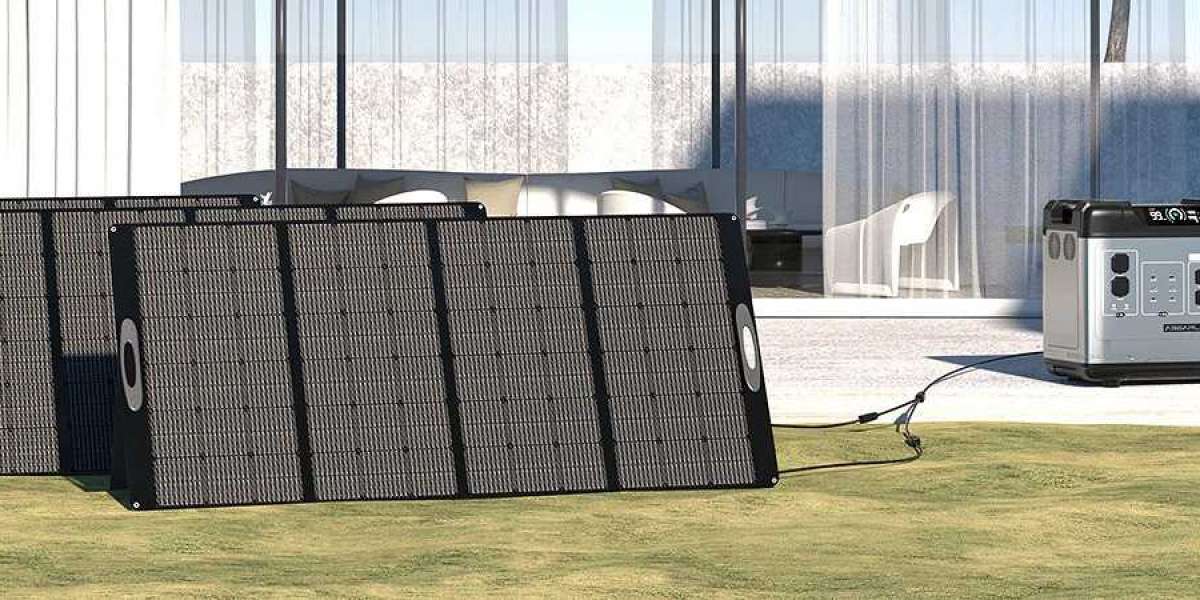Solar generators are an excellent way to harness renewable energy, but their efficiency largely depends on the type and configuration of solar panels used for charging. Optimizing the charging process involves selecting the right type of solar panel, understanding their characteristics, and configuring them effectively with your solar generator. This article provides a detailed guide on how to optimize solar generator charging with different panel types.
1. Understanding Different Types of Solar Panels
1.1 Monocrystalline Panels
- Characteristics: Made from single-crystal silicon, these panels are known for their high efficiency and sleek black appearance.
- Efficiency: Typically between 15-20%, making them the most efficient type of panel.
- Best For: Limited space or high-performance needs.
1.2 Polycrystalline Panels
- Characteristics: Made from multiple silicon crystals, these panels are less efficient but more cost-effective.
- Efficiency: Generally between 13-16%.
- Best For: Budget-conscious users with ample installation space.
1.3 Thin-Film Panels
- Characteristics: Made from layers of photovoltaic material deposited on a substrate, these panels are lightweight and flexible.
- Efficiency: Usually between 10-12%.
- Best For: Applications where space and weight are less of an issue, or for flexible installations.
1.4 Flexible Panels
- Characteristics: Made from lightweight and flexible materials, these panels can be installed on curved surfaces.
- Efficiency: Typically lower than rigid panels, around 10-15%.
- Best For: Portable or unconventional installations.
2. Optimizing Charging with Monocrystalline Panels
Monocrystalline panels offer high efficiency and compact design, making them ideal for optimizing charging in various scenarios:
- Maximize Exposure: Place monocrystalline panels where they receive maximum sunlight. Their higher efficiency means they can generate more power even in limited space.
- Angle and Position: Adjust the angle of the panels to align with the sun’s path, ensuring optimal sunlight absorption throughout the day.
- Use in Series or Parallel: Connect multiple monocrystalline panels in series to increase voltage or in parallel to increase current, depending on your solar generator’s input requirements.
3. Optimizing Charging with Polycrystalline Panels
Polycrystalline panels are a cost-effective choice but generally less efficient. Here’s how to make the most of them:
- Install More Panels: Given their lower efficiency, you might need to install more polycrystalline panels to achieve the desired power output.
- Optimize Panel Placement: Ensure that the panels are installed in a location with minimal shading and maximize their exposure to direct sunlight.
- Regular Cleaning: Polycrystalline panels can be more susceptible to performance losses due to dirt and debris, so regular cleaning helps maintain efficiency.
4. Optimizing Charging with Thin-Film Panels
Thin-film panels are less efficient but offer flexibility. To optimize their performance:
- Use Larger Arrays: Because of their lower efficiency, you may need a larger array of thin-film panels to achieve the same power output as other types.
- Flexible Installation: Take advantage of their lightweight and flexible nature by installing them on various surfaces or unconventional locations.
- Maximize Sunlight Exposure: Position the panels to receive consistent sunlight, as thin-film panels perform better in diffuse light conditions compared to high-efficiency panels.
5. Optimizing Charging with Flexible Panels
Flexible panels are ideal for portable or non-traditional installations:
- Adapt to Surfaces: Install flexible panels on curved or irregular surfaces where rigid panels cannot be used.
- Use for Portability: Leverage their lightweight nature for portable setups, such as on RVs or boats.
- Monitor Performance: Regularly check the performance of flexible panels, as they can be less efficient and may require more frequent adjustments for optimal performance.
6. General Tips for Optimizing Solar Generator Charging
6.1 Matching Panels with Generator Input
Ensure that the solar panels you choose are compatible with your solar generator’s input specifications, including voltage, current, and connector type.
6.2 Using a Charge Controller
Employ a high-quality charge controller to regulate the power coming from the solar panels to the generator. This device prevents overcharging and optimizes the efficiency of the charging process.
6.3 Consider Weather Conditions
Solar panel performance can be affected by weather conditions. During cloudy or rainy weather, solar panels will produce less power. Ensure your setup can accommodate these variations, possibly with larger panel arrays or additional batteries for storage.
6.4 Regular Maintenance
Keep your solar panels clean and free of debris to ensure maximum efficiency. Regular maintenance includes cleaning panels, checking connections, and ensuring no obstructions block sunlight.
6.5 Optimize Panel Configuration
Use appropriate mounting systems and configurations to ensure that panels are angled correctly to capture the most sunlight. Adjustable mounts can help in changing the angle according to seasonal changes in the sun’s path.
Conclusion
Optimizing solar generator charging with different panel types involves understanding the unique characteristics and efficiency of each panel type. By selecting the right panels for your needs, positioning them correctly, and maintaining them properly, you can maximize the efficiency of your solar power system. Whether you use monocrystalline, polycrystalline, thin-film, or flexible panels, applying these optimization strategies will help you get the most out of your solar generator setup and ensure reliable power in various conditions.






